TV Antenna Stopped Working: Causes and Solutions
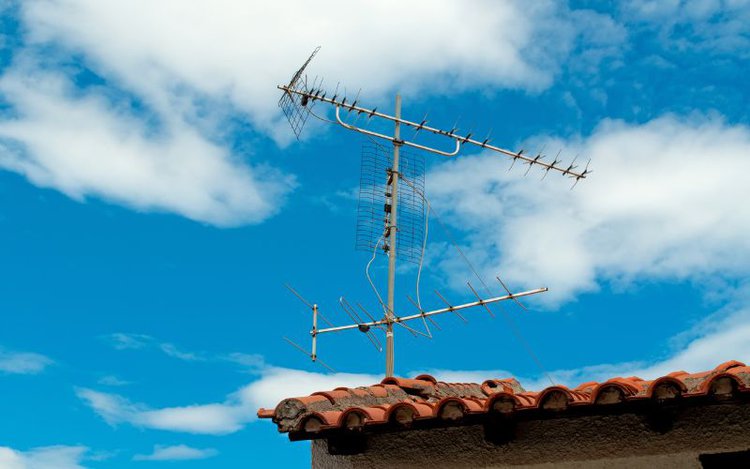
I get the frustration, you arrive home one evening eager to catch up on your favorite program. Then boom, your TV smacks you with a “NO SIGNAL!” error.
This error often comes up when there are reception problems. For instance, when your TV antenna stops working or when the tuner receives no signal from the antenna at all.
Before you call customer support to have your antenna checked or even decide to throw away your old TV box, read on to learn about common problems with TV antennas that may cause them to suddenly stop working.
Also, learn some of the most common fixes you can try before resorting to professional assistance.
Quick Navigation
- Damaged or Faulty Coaxial Cables: Do an Inspection
- Extra Long Cables: Use A Preamplifier
- A Signal Interference: Find It and Eliminate
- Temporary Service Outage: Perform a Double Rescan
- Destruction by Birds and Bad Weather: Have It Repaired or Replaced
- Bad Amplifier or Splitter: Consider Replacing
- Wrong Input Source: Select the Right One
- Antenna Positioning: Do Some Spins
- Faulty Setting: Perform A Factory Reset
Damaged or Faulty Coaxial Cables: Do an Inspection
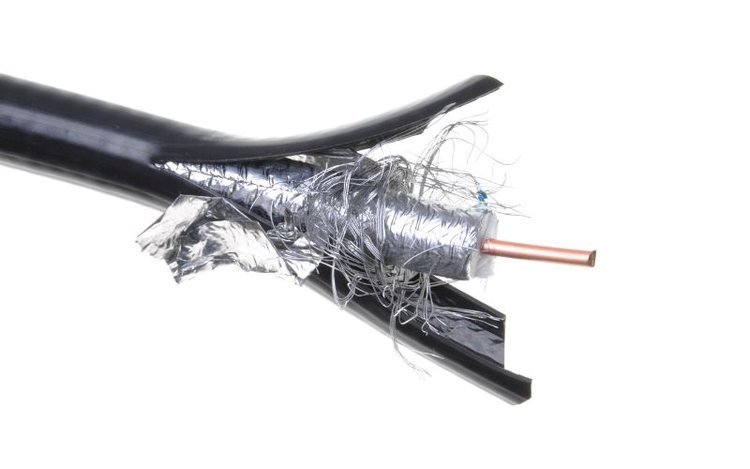
Damaged or faulty coaxial cables are the most common cause of a TV antenna not working. The damage could either be due to external factors or common wear and tear of the cables.
If you use an outdoor antenna, cables can get destroyed by harsh weather conditions such as hot temperatures. Even birds resting on cables could cause them to degrade over time.
Check your cables for any signs of bending, fraying, or cracking. If you find a damaged cable, have it replaced.
Extra Long Cables: Use A Preamplifier
Another issue could be that the coaxial cable from the antenna to the tuner is too long.
When the cables go over a long distance, the signal tends to weaken with the length. By the time it reaches the tuner, it reads “No signal” because the signal has become unusable.
If for some reason you really need a long cable, consider using a preamplifier to boost the signal .

To be on the safe side, keep your connections less than 50 feet as a 100-foot cable can experience up to 30% signal loss! This helps to minimize signal loss.
A Signal Interference: Find It and Eliminate
Signal Interference (SI) happens when stray radio frequency (RF) signals get in the way of the signals sent to your antenna from the broadcasters.
Depending on the strength of the interference, the desired signal could be distorted or even permanently lost. In this case, the TV antenna will stop working properly until the cause of the interference is identified and eliminated.
To determine if the interference is caused by other electrical equipment in your house, unplug all your devices, then plug them back in one by one. Do this while observing the quality of the signal your tuner receives.
The interference could also be caused by external transmitters outside your house that you can’t control. If this is the case, you are advised to seek expert help to find the exact cause of the interference, they will then help you eliminate it.
Loose connections can also make your signal prone to interference. To fix this, ensure all cables between the antenna, receiver box, and TV are tightly connected to their respective ports. Also, make sure they are correctly plugged into the relevant power sockets.
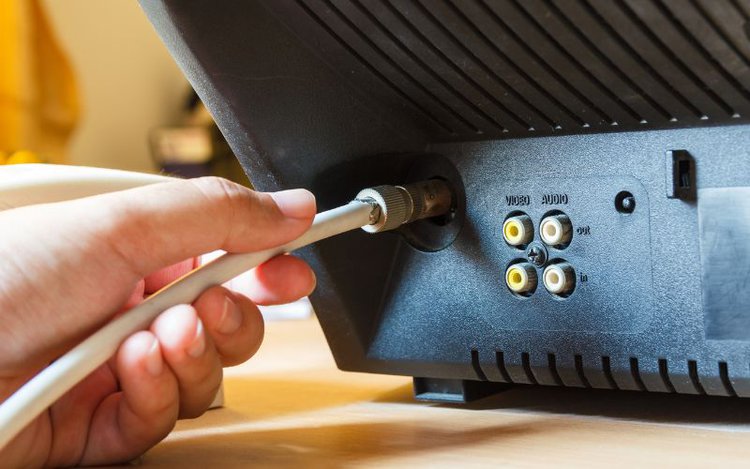
Temporary Service Outage: Perform a Double Rescan
Another possible reason is that there could be a temporary service outage from your favorite station. Outages could be caused by extreme weather conditions like heavy rain.
It could also be caused by the reprogramming of broadcasting channels by the TV stations. This is mostly the case if only some of the stations can’t be viewed or are displaying the “No signal” error.
If there is an outage, a double rescan will most likely fix any TV antenna-related problems. A double rescan erases all the current channels and program settings and then performs a fresh scan.
The rescanning process varies across different TV brands so you may need to consult your TV manufacturer, refer to the TV manual, or check the manufacturer’s website for instructions. For most brands though, the steps are quite similar.
The steps will most likely go like this: Menu > Set Up > Channels > Scan
The entire process will take just a couple of minutes, and all your channels should be back, including newly available channels.
Keep in mind that some TV manufacturers will refer to scanning as auto-tuning, auto search, auto program, or channel search, etc.
Watch the video below on how to rescan your TV with antenna:
Destruction by Birds and Bad Weather: Have It Repaired or Replaced
Antennas require routine service checks and maintenance every once in a while for them to serve you properly. Particularly the outdoor antennas.
This is because they get worn out over time due to birds landing on and playing with them.
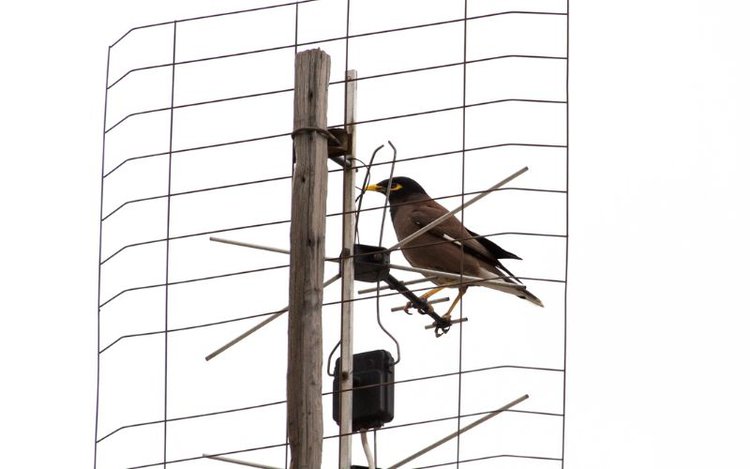
They can also be destroyed by harsh weather even though they are built to withstand outdoor conditions. For instance, they can become corroded due to heavy rains.
Therefore, regular inspection will make it easy to detect any damage as early as possible.
In addition, bad weather such as heavy rains, snow, stormy weather, high winds, and high-pressure conditions could affect the antenna reception.
Of course, the reception will not be as severely affected as it was in the analog days. However, the weather interference could be enough to make your TV go blank for a couple of hours or even days, depending on how extreme the weather condition is.
This is because the extreme weather condition causes signal fluctuation and impediments. Some extreme weather conditions like heavy rains and snow even absorb signals.
For signal lost due to extreme weather, I suggest you let the weather subside before trying anything else.
Your antenna should pick up signals once the weather is stable again.
Bad Amplifier or Splitter: Consider Replacing
If you already use an amplifier to boost the quality of your antenna signal and are experiencing interruptions, chances are it may be damaged. A faulty or damaged amplifier could cause your antenna to stop working.
Because many digital TV receivers come with built-in amplifiers, you may have to replace the whole tuner box if there’s a problem with the amplifier.
If you use an external amplifier though, try removing it from the connection. Then reduce the distance between your antenna and the receiver box.
If this doesn’t help then there might be a problem with your splitter.
Splitters help to distribute signals to multiple TVs in a single home. While this is a cost-saving technology, splitters can also interfere with the strength of the signals.
If you can, consider using a separate antenna for each TV in your home if you have multiple devices.
Keep in mind that stacking up antennas can also be a reason for poor to no signal. I wouldn’t really advise this as a go-to solution but rather as a last resort.
Wrong Input Source: Select the Right One
From HDMI, AV, VGA, and many others, digital televisions are made to accommodate a wide range of input options.
To get the best signal quality, ensure the input source selected on your TV is the same as the one selected on your receiver box.
You can do this by pressing the Input/Source button on your TV or remote and selecting the source that your SAT box is connected to.
Antenna Positioning: Do Some Spins
Antenna positioning plays a big role when it comes to getting the best TV signal quality.
Do you use an indoor or outdoor antenna? Are there new tall buildings or trees in your area?
Such questions can help you determine if your antenna is positioned correctly to receive the maximum signal from the broadcast location.
In general, outdoor antennas are preferred as they offer higher elevation above common obstacles such as trees or buildings, unlike indoor antennas.
If you must use an indoor antenna, consider moving it from the center of the room to a position near a window, where it has a clear view of the outdoors.
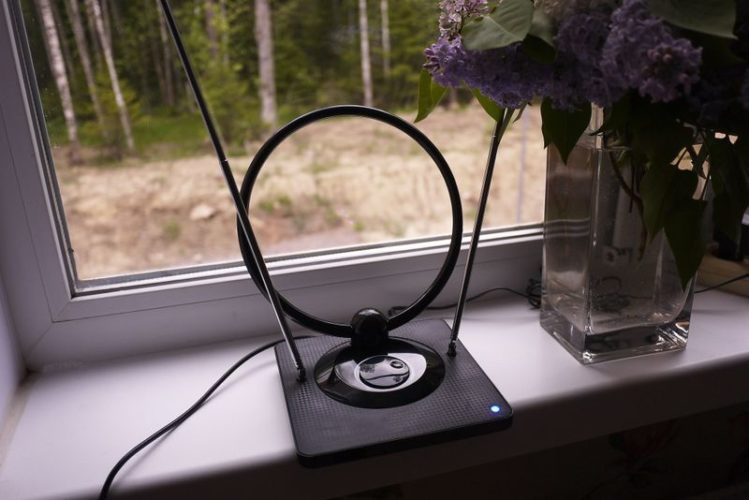
Faulty Setting: Perform A Factory Reset
If all the methods above don’t help, then performing a factory reset of the TV box is your last bullet.
A factory reset can help fix any faulty settings that might break communication between your antenna and the TV.
Before factory resetting your TV box however, make peace with the fact that your customized settings and saved channels will be lost.
Different models have varying procedures to perform a factory reset so you might have to check the manual for your specific case.
Meet Vance. He’s a proud dad, a seasoned Electronics Engineer, and an avid tech lover. His proficiency in electronics and troubleshooting skills were instrumental in crafting Pointer Clicker. Vance is passionate about simplifying tech for those who aren’t well-versed in it.


My antenna was working perfectly until I plugged in a DVD player into HDMI 1 on my smart TV. I have unplugged the DVD thinking it maybe interfering, checked cables on antenna and unplugged antenna then reinstalled, reset tv to manufacturer settings. Nothing. TV doesn’t even recognize antenna. Any other suggestions?